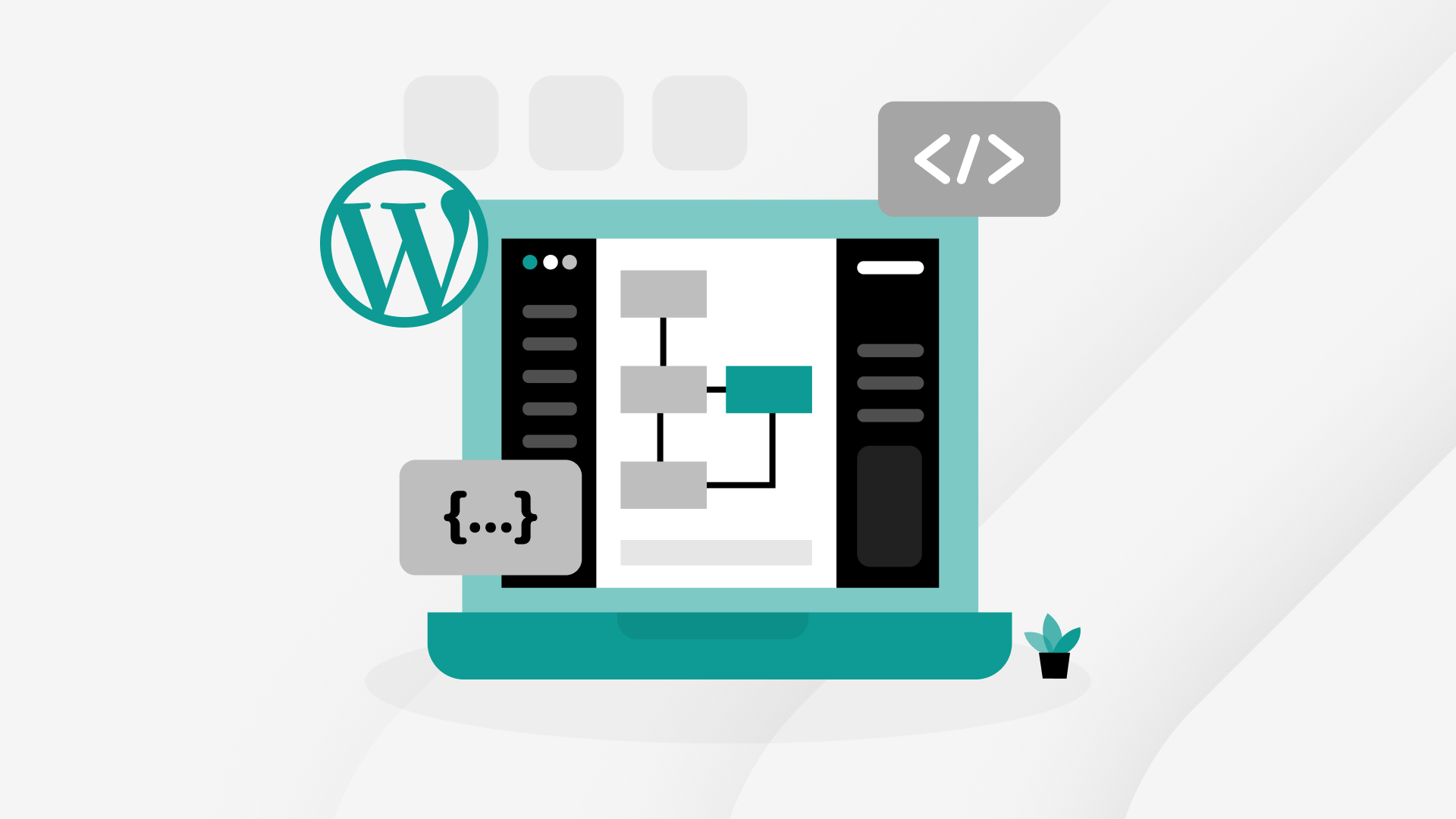The Scale Consortium Engineering Principles represent a shared technical philosophy from leading WordPress agencies delivering enterprise-grade digital platforms.
Core Principles
These are not rigid rules or universal prescriptions. Instead, they reflect a statement of intent. A sign of engineering maturity and alignment in how Scale members approach WordPress at scale.
Enterprise buyers deserve clarity and consistency when choosing a WordPress partner. This document exists to provide exactly that: a set of principles that help decision-makers understand what to expect when working with agencies aligned with the Scale Consortium.
By establishing shared expectations around these Engineering Principles, the WordPress ecosystem becomes more navigable for enterprise teams, especially when changing or onboarding vendors. In contrast, closed SaaS platforms and proprietary systems often increase vendor lock-in risks due to their lack of transparency and interoperability.
Use Modern, Standardised PHP
We support and align with the PSR-1 and PSR-12 coding style guides, as well as the WordPress Coding Standards (WPCS), PHPCompatibility, and PHPCompatibilityWP standards.
Why this matters: Consistency across teams improves readability, onboarding, and cross-agency collaboration. Compatibility standards ensure longevity across PHP versions and platforms.
Build Secure by Default
We support and align with the PSR-1 and PSR-12 coding style guides, as well as the WordPress Coding Standards (WPCS), PHPCompatibility, and PHPCompatibilityWP standards.
Why this matters: Consistency across teams improves readability, onboarding, and cross-agency collaboration. Compatibility standards ensure longevity across PHP versions and platforms.
Prioritise Performance at Scale
From optimised database queries to CDN strategies, we build for scale. Common practices include query offloading (e.g. to Elasticsearch), efficient media handling, object caching, and Lighthouse benchmarking.
Why this matters: Performance directly impacts SEO, UX, and conversion. Enterprise platforms must handle peak traffic with ease.
Use Testing and QA as Quality Guarantees
Our teams adopt automated testing strategies, including unit, integration, and behavioural tests. Manual QA, browser testing, and CI/CD workflows are standard practice.
Why this matters: Testing safeguards business logic and reduces regressions – essential for high-risk enterprise environments.
Maintain Code via CI/CD Pipelines
We leverage Git, structured branching strategies (e.g., GitFlow), peer reviews, automated linting, and CI tools like GitHub Actions or CircleCI.
Why this matters: Predictable delivery pipelines reduce human error, accelerate release velocity, and foster cross-team confidence.
Respect Accessibility and Inclusion
We align with WCAG standards and include accessibility checks in design and QA processes. This includes semantic HTML, keyboard navigation, and ARIA roles.
Why this matters: Accessibility is a requirement, not a nice-to-have, especially for public-facing enterprise platforms.
Design for Discovery (SEO, IA, and Indexing)
We implement structured metadata, SEO-friendly taxonomies, and accessible site architectures. We often use faceted search with services like ElasticSearch, alongside fine-tuned indexing strategies.
Why this matters: Enterprise platforms need to be searchable, both by humans and search engines, across vast content libraries.
Architect for Extensibility
We use modular design, Composer dependency management, and PSR-4 autoloading to create maintainable, extensible systems. We also advocate for scalable plugin architectures and clean API contracts.
Why this matters: Enterprises grow, and so must their platforms. Modular architectures reduce technical debt and vendor lock-in.
Support Global Delivery
We design with internationalisation in mind, including translation workflows, RTL layout support, and currency/date formatting. Infrastructure guidance includes hosting across geographies and load-balanced deployments.
Why this matters: Enterprise clients are global. Platforms must reflect the diversity of their markets and users.
Document Everything That Matters
From inline code comments to architectural overviews and client onboarding guides, documentation is a required layer, not an afterthought.
Why this matters: Documentation increases maintainability, onboarding speed, and handover success across complex ecosystems.
